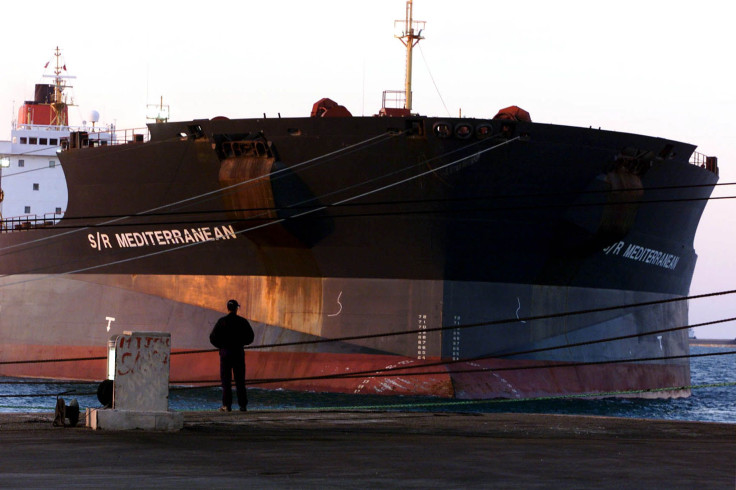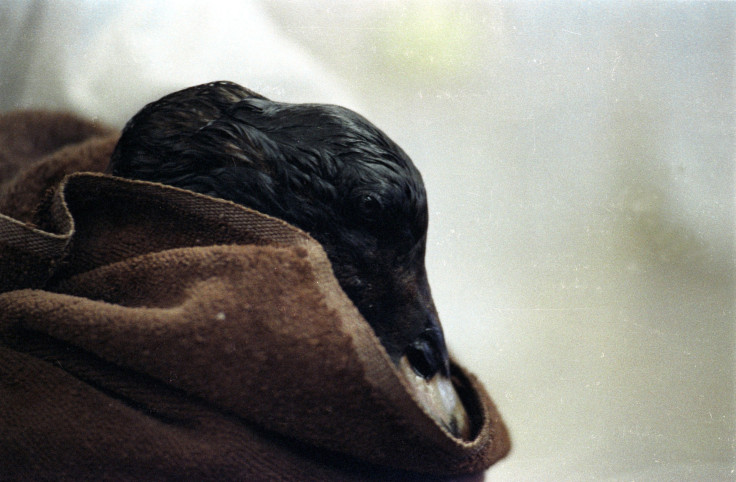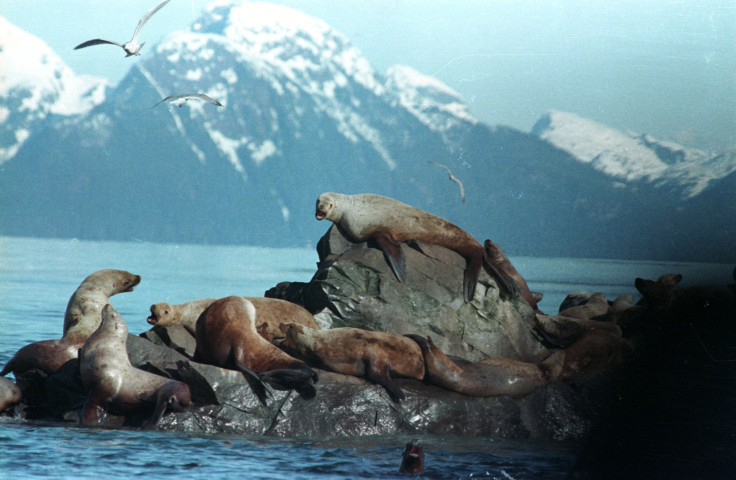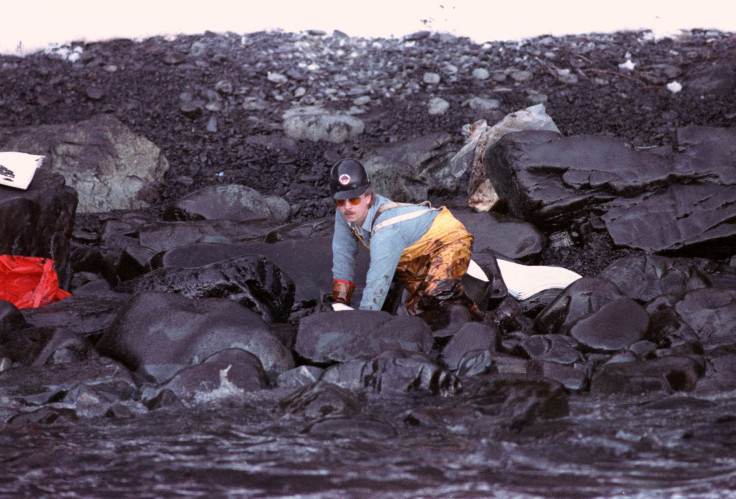Exxon Valdez Oil Spill Anniversary: Effects, Facts, Pictures, Captain's Drinking Rumors [PHOTOS]

At 12:04 a.m. on March 24, 1989, the oil tanker Exxon Valdez ran aground on Bligh Reef in the Prince William Sound off the coast of Alaska. It was one of the worst oil spills in history at the time, leaking nearly 11 million gallons of oil – think 17 Olympic swimming pools’ worth – into a pristine sea and ultimately coating more than 1,300 miles of shoreline coated with black, sludgy oil. “We’ve fetched up hard aground, and evidently we’re leaking some oil,” Exxon Valdez Captain Joseph Hazelwood said in a recording during the crash.
Thus began the horribly slow response to the spill. More than nine hours after the accident, no recovery equipment or response ships had been sent to begin cleaning up the oil. By the time they did arrive, winds whipping at 70 miles per hour had spread the oil all over the Sound. Not even 15 percent of the spilled oil was ultimately recovered. It also later emerged that Captain Hazelwood had probably been drinking – a lot – before the accident, but he was cleared of charges of being intoxicated.
Exxon eventually paid about $4 billion, in various fines and damages, but for the locals whose livelihoods and lives had been destroyed by the oil spill, the money couldn’t undo the damage. In the months following the spill, 1,000 to 5,500 sea otters were killed, along with hundreds of thousands of seabirds and about 300 harbor seals.


A quarter-century after the spill, of the 28 species of flora and fauna that were injured, a pod of killer whales, herring and a bird known as pigeon guillemots had still not recovered, according to the National Oceanic and Atmospheric Administration. Others were deemed in recovery. Today, it’s still possible to find hidden puddles of oil along the Prince William Sound, shown below after the spill in 1989.

© Copyright IBTimes 2024. All rights reserved.






















